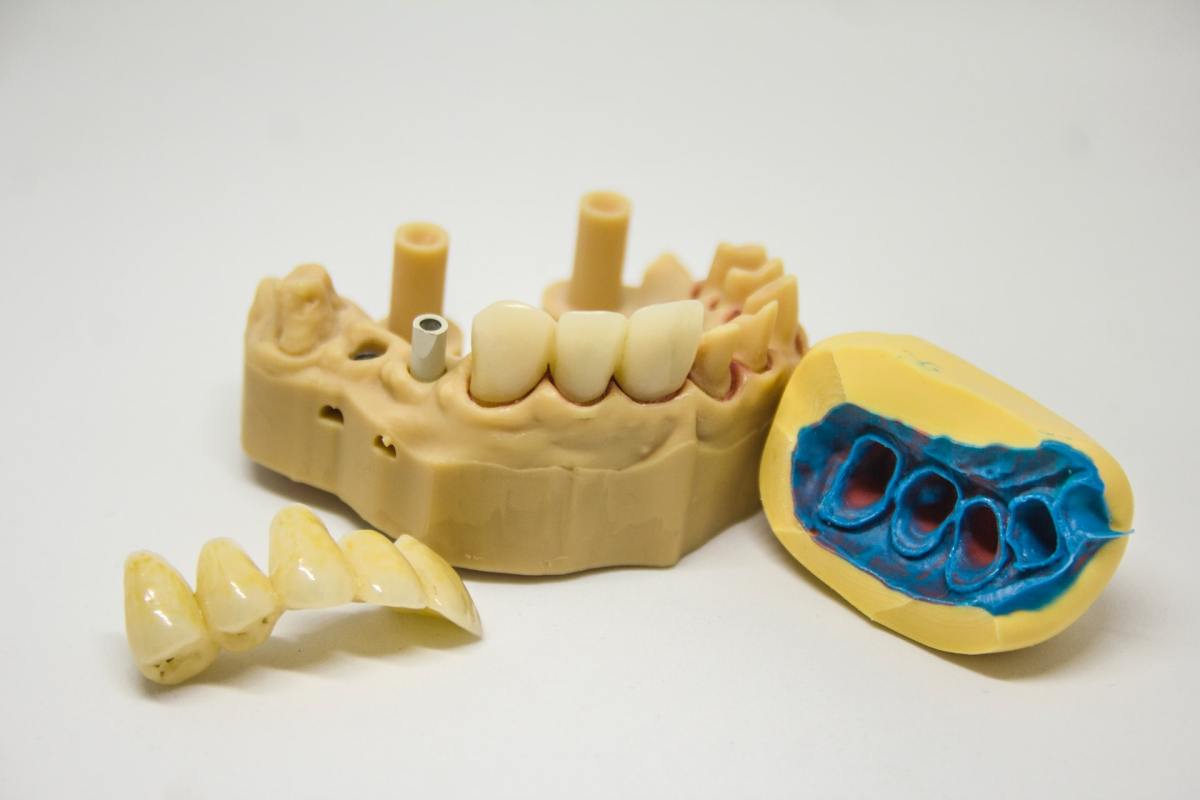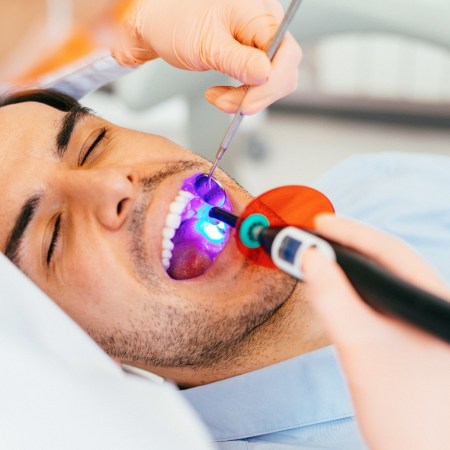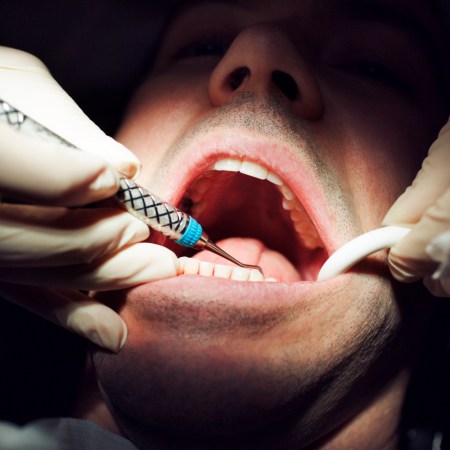When you think about going to the dentist’s office, do you find yourself feeling a rush of fear, seemingly from nowhere? The good news — or the bad news — is that you’re far from alone in this. A recent WebMD article cites the statistic that between 9% and 20% of Americans view dental visits with apprehension. Here’s the thing, though — for as unnerving as modern dental technology can be, it used to be so much worse.
That’s the biggest takeaway from an excerpt from Paul Craddock’s new book Spare Parts: The Story of Medicine Through the History of Transplant Surgery. The excerpt opens in 1685, when one Charles Allen published a book titled The Operator for the Teeth. In it, Allen suggested transplanting the teeth of — in Craddock’s words — “dogs, sheep, goats, or baboons” into the mouths of dental patients needing replacements.
While the practice of swapping out human teeth for those of goats is no longer well-regarded, other practices Allen encouraged, such as brushing one’s teeth regularly, have held up over time. And treatment via Allen’s methods sound downright pleasurable compared to that of his contemporary Pierre Fauchard, who ventured into transplanting teeth from humans to other humans, and also encouraged the use of urine as a mouthwash.
Some of Fauchard’s other innovations, including dental fillings, have stood the test of time better. Thankfully, though, his mouthwash procedures have been left in the dust of history.
Thanks for reading InsideHook. Sign up for our daily newsletter and be in the know.


















